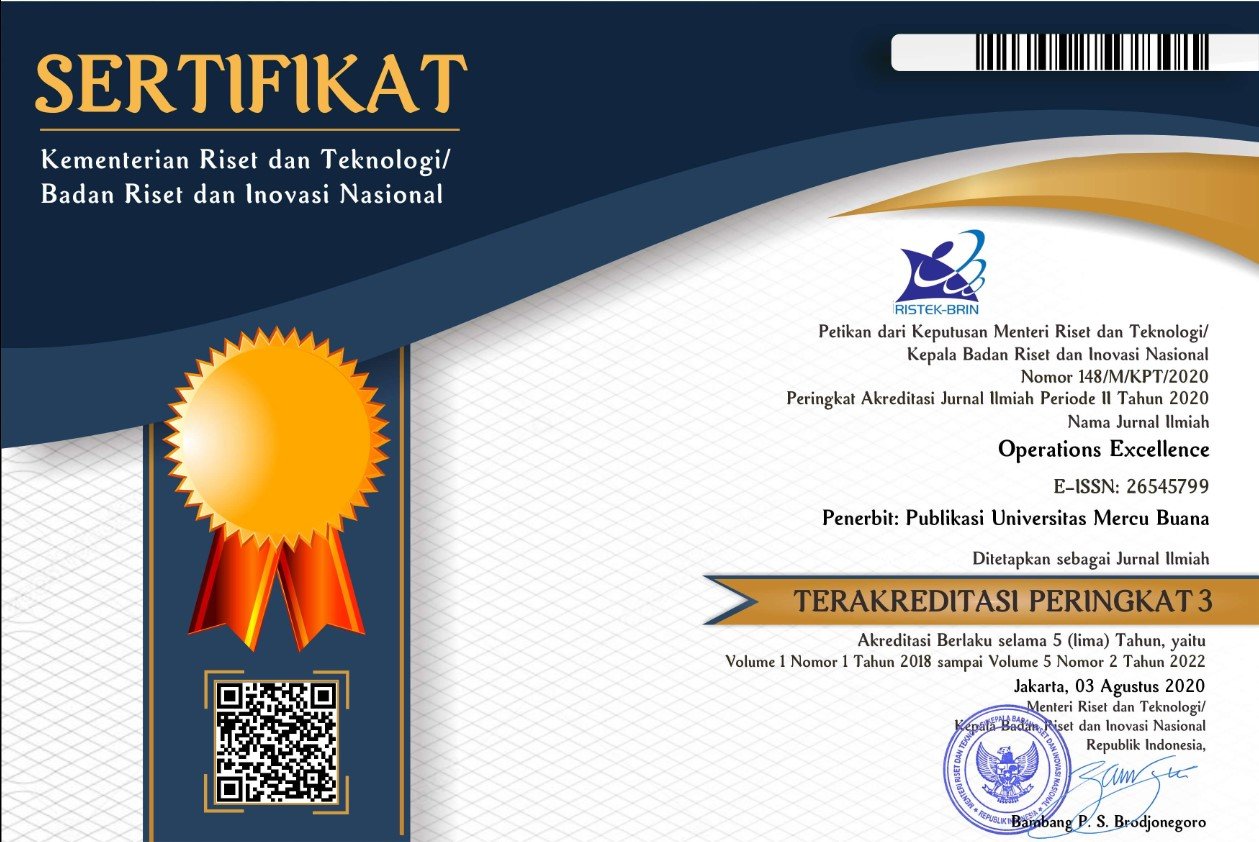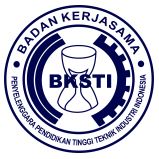Design of walking and sitting aids for the elderly using the kano method
Abstract
Keywords
Full Text:
PDFReferences
Alfadhlani, Y., Meuthia, & Valent, D. F. (2013). Design Improvement of Underarm Crutches for Leg Injury and Disability Patients. Jurnal Optimasi Sistem Industri, 12(2), 400–410. https://doi.org/10.25077/josi.v12.n2.p400-410.2013
Arrayan, M., Billa, S., & Dewi, N. S. (2022). Analysis of Risk Factors for Falls in the Elderly at the Posyandu for the Elderly in Kradenan Village. International Seminar of Community Health and Medical Sciences (ISOCMED), September, 26–33.
Avikal, S., Singh, R., & Rashmi, R. (2020). QFD and Fuzzy Kano model based approach for classification of aesthetic attributes of SUV car profile. Journal of Intelligent Manufacturing, 31(2), 271–284. https://doi.org/10.1007/s10845-018-1444-5
Dewi, S. K. (2019). Service Quality Assessment using Servqual and Kano Models. Jurnal Teknik Industri, 20(1), 94–104. https://doi.org/10.22219/JTIUMM.Vol20.No1.94-104
Ginting, R., & Kokman, W. (2022). Perancangan Produk Walker with Toilet Lift Menggunakan Metode Brainstorming dan Problem Solving. National Conference on Industrial Engineering (NCIE) 2022, 5(2), 692–696. https://doi.org/10.32734/ee.v5i2.1637
Idiar, & Yunus, M. (2021). Pengembangan Desain Walker Fleksibel Bagi Lansia. Jurnal Mesin Nusantara, 4(1), 1–10. https://doi.org/10.29407/jmn.v4i1.15965
Kamp, S., Spitz, T., Müller, U., & Feller, N. (2022). Ergonomic Engineering of a Mobile Walker. Applied Human Factors and Ergonomics International Ergonomic, 19. https://doi.org/10.54941/ahfe1001266
Kurnia, E. (2017). Factors of walking aids with the risk of falls in the elderly at Posyandu Lansia RW 04 Kelurahan Bangsal Kota Kediri. JURNAL STIKES RS Baptis Kediri, 10(139–147). https://jurnal.stikesbaptis.ac.id/index.php/STIKES/article/view/306
Minister of Health. National Action Plan for Elderly Health 2016-2019. http://hukor.kemkes.go.id. Modok
Mohite, D. D., & Bagchi, S. (2020). Design of Hybrid Rollator cum Walker for Elderly : Review on Literature. The International Journal of Analytical and Experimental Modal Analysis, 12(1), 1108–1111. https://doi.org/10.36909/jer.ICIPPSD.15535
Muktiyono. (2015). Rancangan Kualitas Pelayanan Unit BPPT Enjiniring Dengan Integrasi Servqual, IPA Dan Kano Model Dalam Model QFD. Operations Excellence: Journal of Applied Industrial Engineering, 7(1), 50–63. https://publikasi.mercubuana.ac.id/index.php/oe/article/view/526
Nugraha, S., & Aprillia, Y. T. (2020). Health-Related Quality of Life among the Elderly Living in the Community and Nursing Home. Jurnal Kesehatan Masyarakat, 15(3), 419–425. https://doi.org/10.15294/kemas.v15i3.21282
Priyono, A., & Yulita, A. (2017). Integrating Kano Model and Quality Function Deployment for designing service in hospital front office. Intangible Capital, 13(5), 923–945. https://doi.org/10.3926/ic.1001
Tang, L. L., Chen, S. H., & Lin, C. C. (2020). Integrating fmea and the Kano model to improve the service quality of logistics centers. Processes, 9(1), 1–16. https://doi.org/10.3390/pr9010051
Tarwaka. (2014). Industrial Ergonomics. Basics of Ergonomics Knowledge and Application at the Task Site. Harapan Press.
Yang, X., & Li, X. (2020). Design of Intelligent Walking Stick for the Elderly based on User Experience Research. E3S Web of Conferences, 179(02079), 1–6. https://doi.org/10.1051/e3sconf/202017902079
Yoga, P., Laksana, K., Setyanto, R. H., & Herdiman, L. (2021). Redesign walker for children with diplegic cerebral palsy using TRIZ method. Jurnal Sistem Dan Manajemen Industri, 5(1), 8–14. https://doi.org/10.30656/jsmi.v5i1.2855
DOI: http://dx.doi.org/10.22441/oe.2023.v15.i1.070
Refbacks
- There are currently no refbacks.
Copyright (c) 2023 Operations Excellence: Journal of Applied Industrial Engineering

This work is licensed under a Creative Commons Attribution-ShareAlike 4.0 International License.
Journal ISSN:
| Print ISSN: 2085-4293 | |
| Online ISSN: 2654-5799 |
Tim Editorial Office
Operations Excellence: Journal of Applied Industrial Engineering
Magister Teknik Industri Universitas Mercu Buana
Jl. Raya Meruya Selatan No. 1 Kembangan Jakarta Barat
Email: [[email protected]]
Website: http://publikasi.mercubuana.ac.id/index.php/oe
Journal DOI: 10.22441/oe
The Journal is Indexed and Journal List Title by:

.png)
.png)
.png)


Operations Excellence: Journal of Applied Industrial Engineering is licensed under a Creative Commons Attribution-NonCommercial-ShareAlike 4.0 International License.










